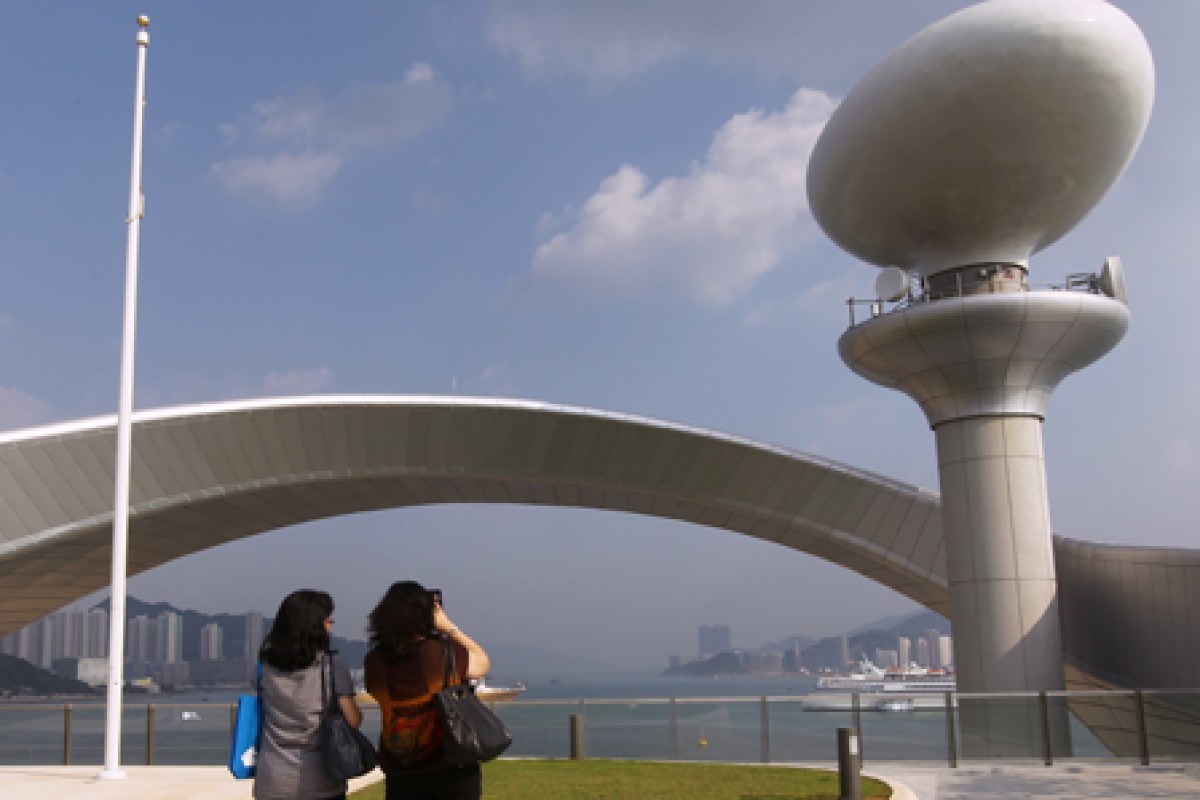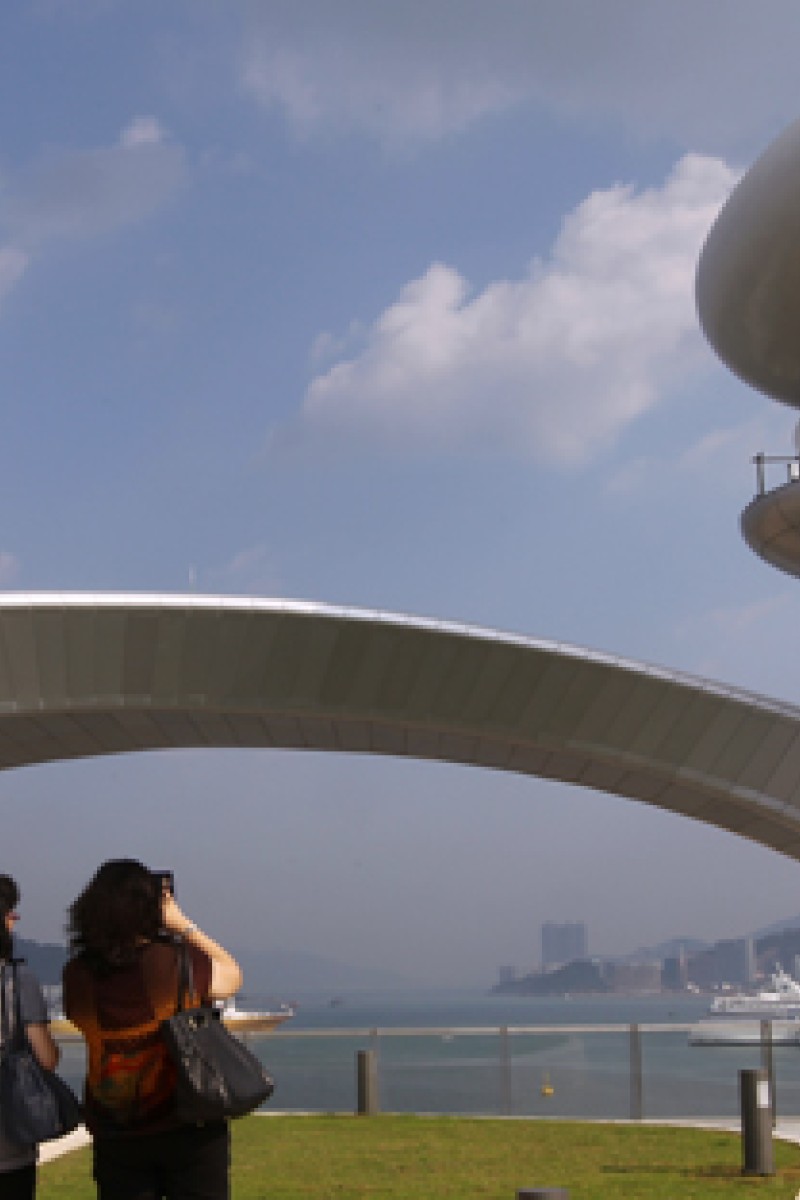
Young Post spoke to James Marshall, the design director of the landmark structure, to talk about the terminal's unusual qualities and his passion for architecture.
The rooftop garden covers 23,000 square metres featuring a central lawn, water garden and viewing platform, and the cruise terminal below is a socially conscious building, most of which the public has access to.
What's more, Marshall says: "There are no hierarchies; the people who go on the cruise ship and the public enjoy the same experience in the terminal. Architecture tries to fit in with the environment. We were able to create unique spaces - the feature roof, a connection between the building and the sea, and the revitalisation of the water's edge."
The design used as few pillars as possible. "The structure is actually three bridges put on top of each other," Marshall says.
Marshall and his team had to overcome many obstacles. "There was a time when there were 400 engineers and 4,000 workers working on site at the same time. A lot of hard work is done by a lot of good people. The nature of the building industry is about co-operation. It is essential that people communicate, people work together, and people respect each other's views because no two views are the same," he says.
Building a world-class terminal was a huge challenge, but Marshall says it was necessary for the city to move forward.
"We have to face these challenges. Otherwise, we wouldn't be advancing our society," he says. "When you start off with the right sets of values and you maintain them all the way through, you keep a certain level of standards. They act to remind everybody what we're doing. Humanity is the core value of architecture. Whatever we do, it's there to stay for a long time. It affects people."
Although innovation is another crucial element in architecture, Marshall reminds young architects to have respect for history. "Without a heritage, we're nothing," he says. "Youngsters need to have respect for society around us, to be humble in dealing with society and the people they work with. Be brave and think about our future. Life is about improvements, and we should take every step we can to make things better."
